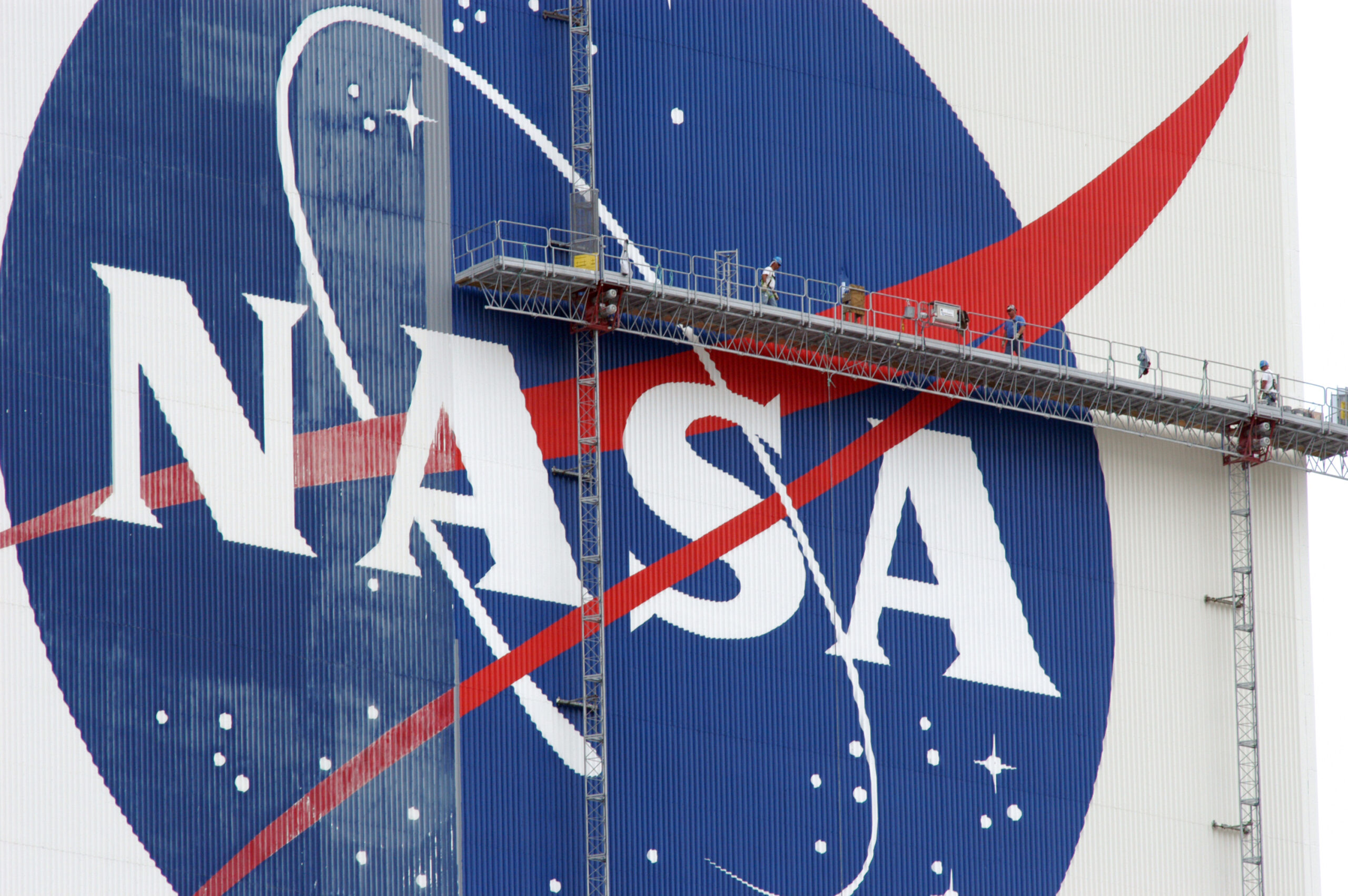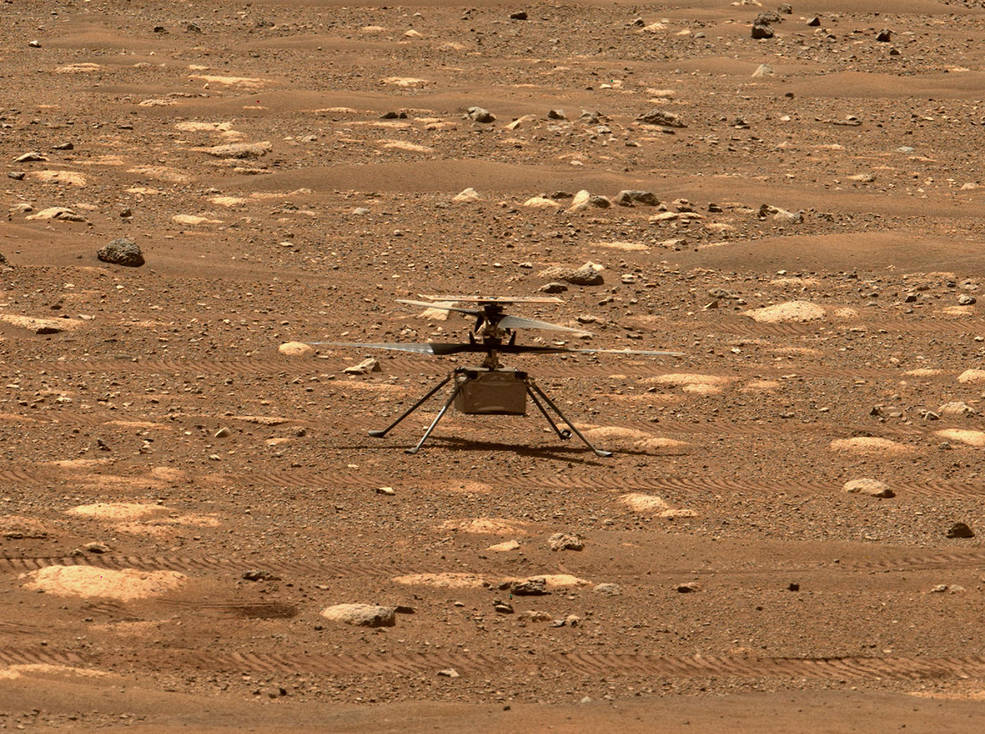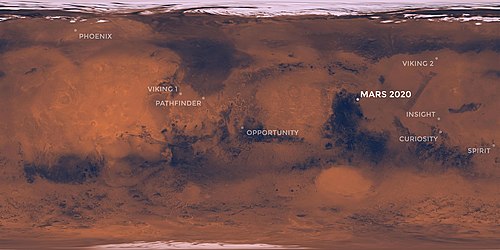| What’s Up for December?Your Personal NASA Guide to the Night Sky |
| The Geminid meteors peak overnight on Wednesday, Dec. 13. Northern Hemisphere observers can look for meteors as early as 9 p.m. local time, with the hourly number increasing after midnight. Asteroid Vesta reaches opposition this month, meaning it’s located directly on the opposite side of Earth from the Sun. You will be able to observe it as early as 10 p.m. local time with binoculars or a small telescope. |
 | What is the Geminid Meteor Shower? The Geminid meteor shower, which peaks during mid-December each year, is considered one of the best and most reliable annual meteor showers. LEARN MORE |
 | Gorgeously Green The Geminid meteor shower peaks the night of Dec. 13. Depending on the meteor’s chemical composition, it will emit different colors when burned in the Earth’s atmosphere. Oxygen, magnesium, and nickel usually produce green. READ MORE |
 NASA Video Story Musgrave shares firsthand accounts of the groundbreaking mission that revitalized the Hubble Space Telescope 30 years ago, allowing it to capture breathtaking images and unlock the secrets of the cosmos. WATCH |  NASA Podcasts Sit in mission control and ride aboard helicopters with asteroid mission leaders Dante Lauretta and Mike Moreau for a behind-the-scenes look at the OSIRIS-REx sample return mission’s epic conclusion. LISTEN |
 |
| Digging Deeper to Find Life on Ocean Worlds |
| Over the past two decades, scientists have discovered that a vast number of icy moons orbit the outer giant planets in our solar system. Many of these moons show strong evidence for harboring global oceans beneath their icy crusts.Two moons, in particular, have captured the imaginations of astrobiologists due to their amenable conditions for life and their relative ease of exploration: Jupiter’s moon Europa and Saturn’s moon Enceladus. Both show strong evidence of a global subsurface ocean—but how can we access this liquid water? |
 |
| From the Archives |
| Cloudy skies on Earth form the backdrop in this scene of the connected Zarya and Unity modules floating in space after having been released from Space Shuttle Endeavour’s cargo bay. The six STS-88 crew members watched the newly-constructed International Space Station from Endeavour as they prepared for their return to Earth. |
| EXPLORE HISTORIC IMAGES |









